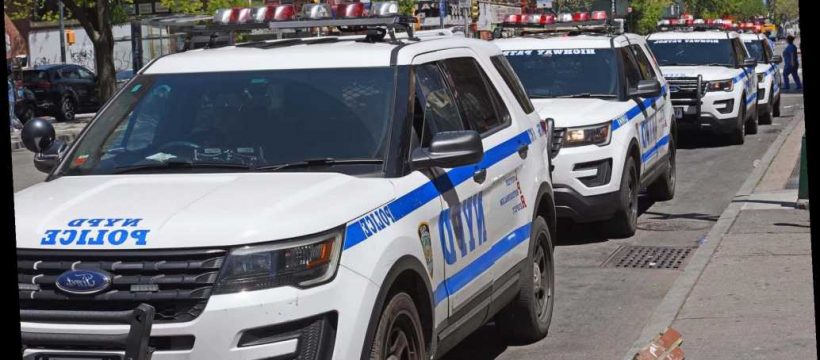Our leaders ditched sound policing methods
New York’s sanguinary summer lingers, even though November is fast approaching, with at least seven more city residents gunned down over the weekend, including a fatally wounded tourist.
Don’t blame the cops. They’re doing what they’ve been told to do, which amounts to running in circles, now that Gotham’s political class has abandoned one of the most effective urban-policing strategies ever devised — largely because it was too harsh on criminals. Now New York is reaping the whirlwind.
Or, as The New York Times reported over the weekend: “More than 1,515 people have been shot so far this year, twice as many as all of 2019, and there have been 362 homicides, a 32 percent increase over last year.”
And that doesn’t include the weekend casualty count, which included a 20-year-old in town from Indiana to make skateboarding videos.
It’s hard to keep the numbers straight, of course, because they move so fast. And while the continuing crisis is mostly about illegal guns, it isn’t only about guns. Crime statistics are up sharply pretty much across the board, at least in those categories that don’t lend themselves to manipulation; burglary (up 42 percent) and auto theft (up 63 percent) usually generate insurance claims and thus are harder to hide.
And then there is the matter of Joshua Diaz, who police strongly believe is the fellow who shoved a 28-year-old woman to the tracks in the Times Square subway station Friday. There doesn’t seem to be much doubt that he did it, though that’s for the increasingly dysfunctional courts to determine.
But this much is clear: Diaz has been arrested 30 times since 2012, for burglary, assault, resisting arrest and criminal trespass — although his principal problem appears to be that he is crazy. And in that he is hardly alone.
New York’s streets are awash with the mentally ill, many of them drug- or alcohol-addicted derelicts of the sort recently sent by City Hall to the Upper West Side, and who are now being dispatched in ever-larger numbers to the East Side and elsewhere in Manhattan and to Downtown Brooklyn.
Wherever there is scaffolding, it seems, vagrants are nearby: pitching tents, cooking heroin, making their toilet in the street and harassing passersby, either for money or because they simply can’t help themselves.
And the aggressive-vagrant issue has two things in common with the murderous-street-violence problem. They exist because:
- New York’s elected leaders, right across the board, simply don’t give a damn about public safety. If they did, such things wouldn’t be happening.
- Each is a problem that has already been solved once — painfully and controversially, to be sure, but solved as decisively as such challenges can be in a dynamic and intrinsically fractious city.
The two mayors who preceded Bill de Blasio believed strongly that public spaces belonged to the public and not to addicts, petty criminals and the mentally ill. They implemented and sustained humane but firm policies that provided necessary shelter and services while reclaiming New York City’s transit terminals, concourses and parks.
And they believed just as strongly that public safety is a fundamental right — so they developed and maintained policies that transformed a blood-spattered municipality into what might fairly have become Gotham’s trademark: “the safest big city in America.”
Those policies have become racially charged buzzwords in today’s cultural conflicts: “broken-windows policing,” “stop-and-frisk,” “anti-crime cops.” But they had specific application, and they produced astonishingly positive results.
Now they’ve been abandoned, in favor of whatever low-impact social program might be in favor on a given day. The emphasis no longer is on public safety, it’s on lessening the consequence of crime on the criminals who commit it. New York’s street chaos and its spilled blood are a direct result.
The fact is that de Blasio and the City Council, with substantial help from Gov. Cuomo and the state Legislature, forced strategic changes on the city’s public-safety establishment. They chose a less confrontational approach to disorder and crime, especially murder, and now all New Yorkers are paying a price for that. Big surprise.
What’s next? No strategic wheels need to be reinvented; the heavy lifting was done decades ago. What’s needed now are leaders with the wisdom to recognize that grievous mistakes have been made — and the courage to rectify them.
There’s a mayoral election coming up. Any takers?
Twitter: @RLMac2
Share this article:
Source: Read Full Article
